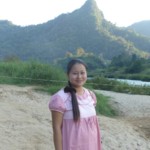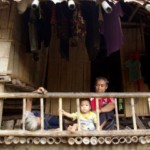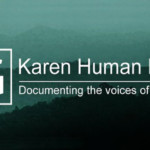Saw Yan Naing, The Irrawaddy | April 7, 2016
Burma’s long-established ethnic Karen armed organization, the Karen National Union (KNU), has been preparing land and shelter for the possible return of civilians displaced internally and on the Thai-Burma border after more than six decades of civil war with government forces.
The plan is underway in areas controlled by the KNU in southern and eastern Karen State, such as Kyainseikgyi Township and Hpa-an District, according to sources from the group.
Maj Saw Zorro, head of the KNU’s liaison office in the Burma border town of Myawaddy, told The Irrawaddy that the KNU has built 150 shelters in areas under the KNU’s Brigade 7. The buildings are intended to house internally displaced persons (IDPs) when they are ready to return.
“As far I know, 50 houses in Paikyu, 50 in Maw Poe Kay and 50 in Mae Taree have been built. They will build more houses. These are for IDPs, not for refugees
He insisted that there is no timeframe established for IDPs and refugees to return to Karen State and that the choice remains voluntary. There are an estimated 120,000 Burmese refugees in Thailand, the majority of whom are ethnic Karen who fled due to military offensives in the eastern parts of the country. Many have been living on Thai soil for over two decades.
Mahn Kennedy, secretary of the Dooplaya District under KNU’s Brigade 6, told The Irrawaddy that the KNU local administration is prepared to grant more than 10,000 acres of land to refugees who want to come back in the future.
“We are just getting some land ready for them to live on, if or when they return home. We don’t go and bring them back,” he said of the refugees. “And we don’t know when they will return. But they can return home if they want. It very much depends on UN and the Burmese government too.”
He added that repatriation of refugees also is related to regional stability, particularly the implementation Burma’s so-called Nationwide Ceasefire Agreement (NCA) by respective stakeholders such as the Burmese government, the KNU leaders, UN High Commissioner for Refugees (UNHCR) and other relevant NGOs.
“We are demarcating some land for them in Kyainseikgyi Township—more than 10,000 acres. There is a land-grabbing problem. But we will make sure that we don’t have problem with it when demarcating land,” said Mahn Kennedy.
In late March, NGOs including The Border Consortium (TBC), Karen Refugees Committee (KRC) as well as local Thai authorities and refugee community leaders visited the resettlement site in Kyainseikgyi to view the land and meet with local KNU officials.
Saw Robert Htway, the head of the Karen Refugee Committee (KRC) also went to see the proposed site.
“We just went to observe the conditions. The KNU told us that it is not time for repatriation yet. We don’t know when it will happen. The site is just a place for us to go back and live when we return home,” he explained.
After the KNU signed ceasefire agreements with the former government administration—in both 2012 and 2015—hopes of and preparation for return were widely discussed among NGOs and Thai and Burmese authorities.
Saw Say Say of KNU’s headquarters in Mae Sot, on the Thai border, raised concerns over the safety of those who return, as there is not yet full implementation of the aforementioned ceasefire agreements.
There is no guarantee for civilians to return home, he said, as there are reports of Burma Army troops currently being deployed near the proposed resettlement sites. Saw Say Say argues that withdrawal of Burma Army troops in some KNU strongholds should be mandatory before plans can be made for refugee repatriation.
In early 2015, the KNU built a new “model village” named Lay Kay Kaw for IDPs in in Kawkareik Township, southeastern Karen State. It remains sparsely populated.
This article originally appeared on The Irrawaddy on April 7, 2016.

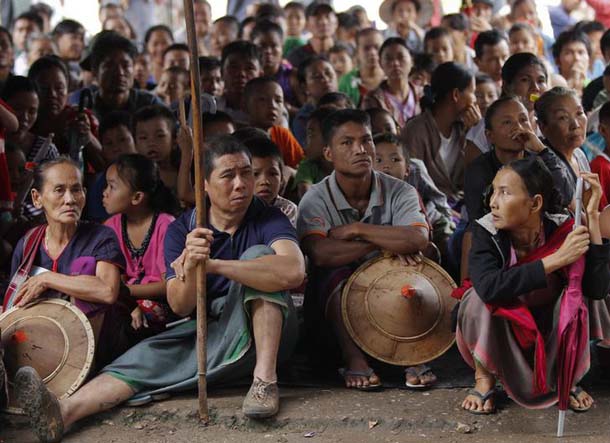
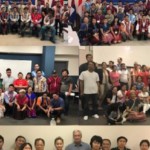

![‘The Burma Army Killed Him [Saw O Moo] – At Least the Government or the Army Should Commit to Not Do This Again’: Paul Sein Twa, Executive Director of KESAN](https://www.burmalink.org/wp-content/uploads/2018/05/Saw-O-Moo-commemoration-Paul-Sein-Twa-speaking-2-150x150.jpg)
